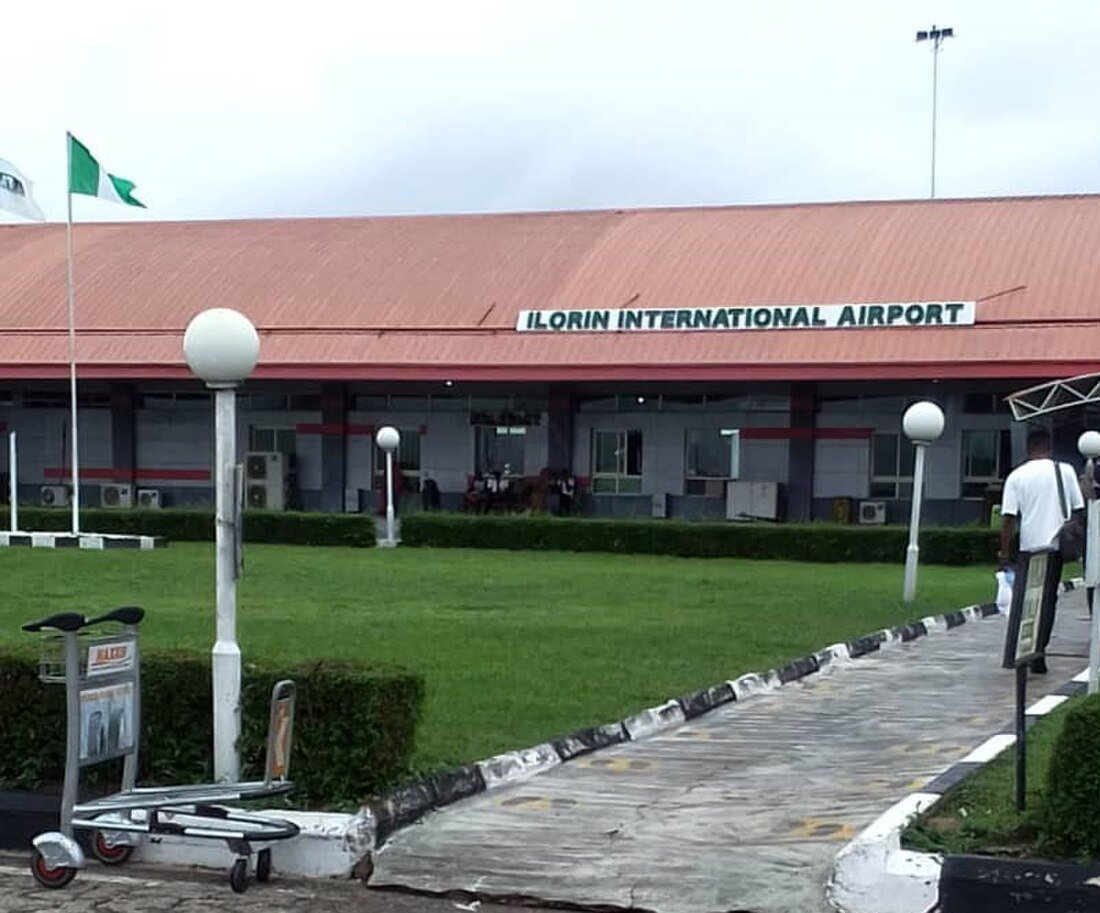Canada Set to Join US, China, Colombia, South Korea, Singapore, Italy, Norway, and UAE in Global Air Taxi Travel Takeoff: New Updates You Need to Know - Travel And Tour World
Sunday, May 25, 2025

With traffic congestion worsening, climate goals tightening, and next-generation transportation technologies maturing, electric air taxis are shifting from prototype to practical. Canada is now accelerating its efforts on two fronts—urban mobility in cities like Toronto and Vancouver, and remote access to northern regions—while the US prepares for initial operations in hubs like Los Angeles, Dallas, and Miami. Together, both countries are moving into position to join a global wave that is redefining short-distance travel from the ground up.
The shift in the U.S. has been subtle but decisive. While the country has long fostered aerospace innovation, its air taxi efforts are now taking tangible form. Major players like , , and have ramped up testing in California, Florida, and Texas, with full-sized aircraft already flying demonstration routes. The is working hand-in-hand with developers to establish airworthiness standards and low-altitude air traffic coordination, a crucial step for safe integration.
Unlike some countries focusing solely on inner-city hops, the U.S. is planning a mixed-use model. Routes between urban centers and airports will serve as the launch pad for wider expansion. Los Angeles, Miami, Dallas, and New York are all laying the groundwork for vertiports and eVTOL-compatible terminals. Industry insiders suggest that by , Americans could see air taxis offered alongside Uber rides — not as a gimmick, but as a legitimate new category of transit.
China didn’t just enter the air taxi race — it practically launched it. Homegrown giant has already secured government approval to operate autonomous air taxis in several cities, marking a world-first in certified pilotless passenger flights. What sets China apart is the pace and scale: while other nations are testing, China is implementing.
Urban clusters like , , and are building rooftop takeoff pads, routing air corridors through skyscraper-studded skylines. These aren’t test beds anymore — they’re foundations for public use. EHang’s aircraft, which resemble oversized drones, have already completed thousands of test flights with human passengers onboard. It’s no longer a matter of “if” but “how fast” China scales this network across its megacities.
Colombia’s interest in electric air taxis stems from necessity as much as innovation. Cities like and are infamous for snarled traffic and overburdened roads. For urban planners and aviation officials, the appeal of bypassing that chaos from above is more than theoretical. It’s a potential lifeline.
The Colombian government has partnered with , a subsidiary of Embraer, to map out how eVTOLs could be introduced responsibly and efficiently. Feasibility studies are looking at airspace design, energy use, public reaction, and cost viability. While still in its early stages, the vision is clear: air taxis that can link airports, hospitals, and hilly residential neighborhoods far faster than any car ever could. If funding and political will stay on track, , with plans tailored to its uniquely challenging terrain.
Canada’s approach to electric air travel reflects its vast geography and decentralized population. Unlike countries focused solely on dense urban centers, Canada is looking at how eVTOLs can improve access to remote and underserved regions. Already, test flights are underway in British Columbia and Ontario, with support from both provincial and federal agencies.
Operators like , , and are targeting multiple niches — from intercity business commuters to medical evacuations in the far north. Vertiports are being planned for downtown Toronto and Vancouver, while smaller hubs are being proposed in isolated communities where roads are seasonal or non-existent. By bridging gaps that conventional transport leaves behind, Canada is quietly laying the groundwork for a national network that’s as practical as it is futuristic.
Few countries have mapped out their air taxi vision as thoroughly as South Korea. Backed by the government’s , the country aims to launch full-scale electric air mobility by , with as the central hub. The plan includes designated takeoff and landing zones, integrated with subways and trains for seamless commuter transfers.
Tech companies like and are leading the aircraft development, but this isn’t just a private-sector play. The Ministry of Land and Transport is investing heavily in airspace management systems that will allow dozens — eventually hundreds — of eVTOLs to share the skies safely. Early test flights have already proven viable, and vertiport construction is set to begin in multiple districts. If successful, Korea’s air taxi model could become a blueprint for megacities worldwide.
Singapore has made a name for itself by turning smart ideas into policy, and its plans for electric air taxis are no exception. The government has partnered with , a German company, to develop the first operational air taxi service in Asia. Test flights began as early as 2020, and by 2024, a full-scale prototype vertiport had been built at Marina South.
Unlike many countries starting with tourism or tech demonstrations, Singapore is designing its network for real-world commuting — short, fast routes between the airport, central business districts, and hotel zones. The is now finalizing operational frameworks to allow commercial flights by , making it one of the first cities globally to certify air taxi services under existing aviation law. The goal isn’t just to fly — it’s to make flying part of daily life.
Italy is preparing to make a high-profile entry into the air taxi era just in time for the in Milan and Cortina. With help from and Italy’s own , plans are in motion to shuttle athletes, VIPs, and even journalists via electric aircraft between Olympic venues and Milan’s airports. But this isn’t just a flashy Olympic stunt.
The Italian Civil Aviation Authority is fast-tracking airspace approvals, while municipal governments are identifying long-term vertiport locations to keep the system running post-Games. In the long term, cities like are also being considered for future expansions. For a country where tourism drives much of the economy, offering a faster, greener way to move between landmarks and airports could become a lasting competitive edge.
Norway’s air taxi ambitions are rooted in geography. With its jagged coastline, remote towns, and winding fjords, the country faces a constant challenge in getting people and goods from point A to B. That’s why officials are backing regional eVTOL development — not for urban commuting, but for connecting places that can’t be linked by roads or trains.
Companies like and the government-run Avinor are focused on designing aircraft and infrastructure that can withstand harsh winter weather while offering regular service between places like Bergen, Kristiansund, and island communities up north. Early tests are being scheduled for late 2025, and if they succeed, Norway could emerge as a global leader in air mobility for rugged and rural environments — not just cities.
No country has moved with more clarity and confidence than the UAE. Dubai has laid out a detailed timeline to launch the world’s first network of fully functional air taxi routes by 2026, with four vertiports already under development. These hubs will link Dubai International Airport, Downtown Dubai, Palm Jumeirah, and the Marina, offering flight times under 10 minutes between each.
The city’s partnership with Joby Aviation and Skyports has created a closed-loop of funding, tech development, and infrastructure deployment — all backed by the Roads and Transport Authority. What’s striking is how seamlessly the program is being tied into Dubai’s broader smart city initiatives. Traffic monitoring, ticket booking, and even aerial route suggestions will be powered by AI and integrated into the public transport app. If the timeline holds, the UAE may be the first country where you can hail an air taxi as easily as a ride-share car.
Across nine countries and three continents, electric air taxis are no longer just prototypes or press releases — they’re becoming real, route-based, regulated forms of mobility. From the icy coastlines of Norway to the crowded streets of Seoul and the sun-scorched skies of Dubai, the same question is echoing in every government office and aerospace hangar: how do we move better, faster, and cleaner? With the U.S. now joining China, Colombia, Canada, South Korea, Singapore, Italy, Norway, and the UAE, the global air taxi movement isn’t just taking off — it’s becoming unstoppable.










